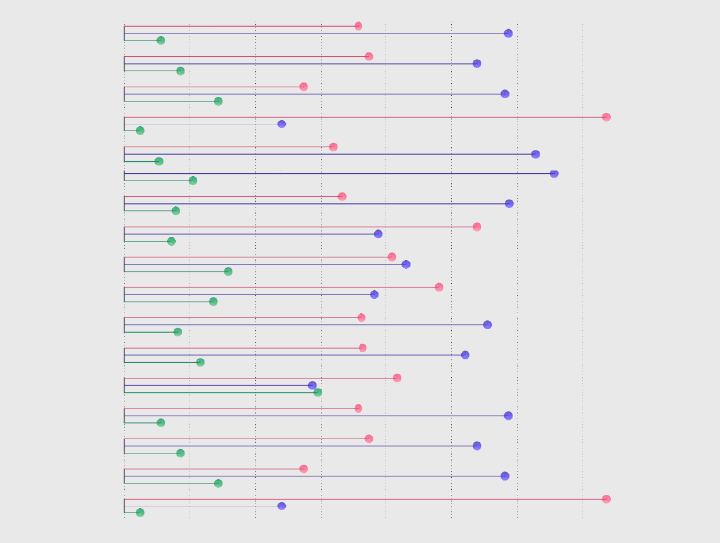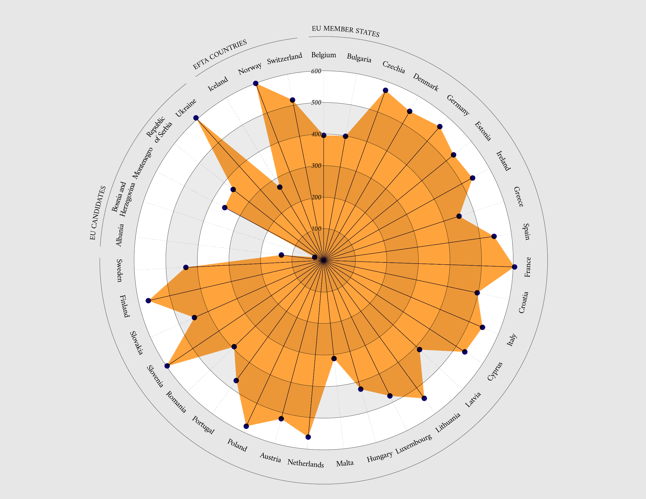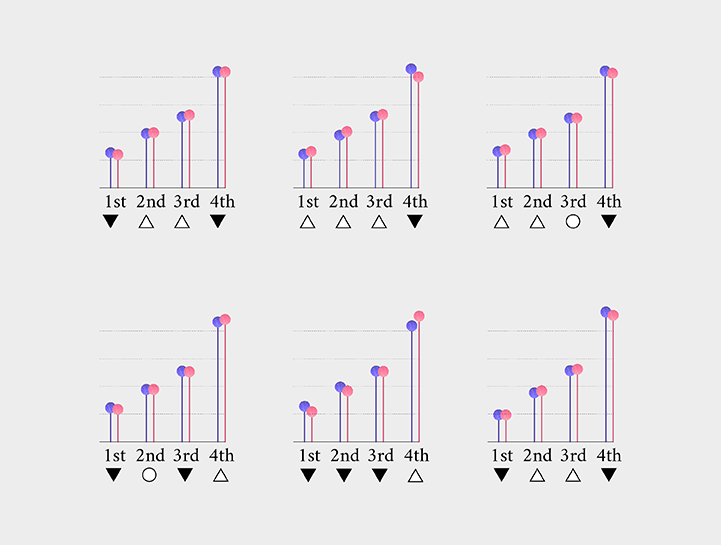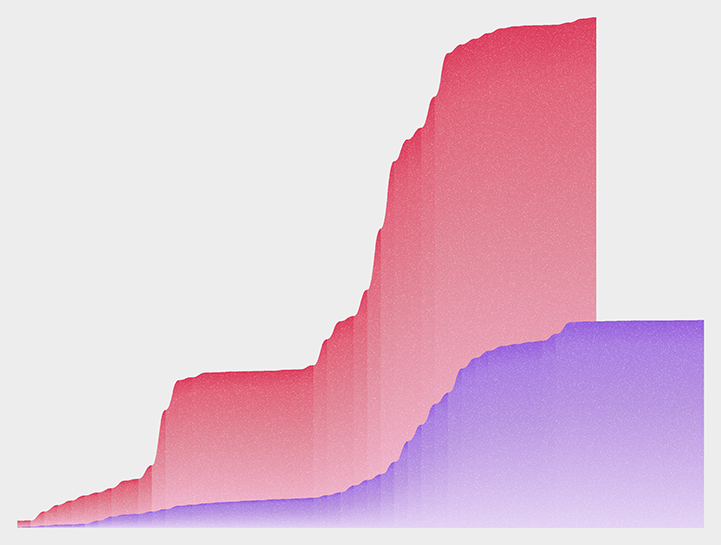252 resultados encontrados
Skip results of view Histórias contadas por dados

- Data Story
Benefits of (open) data sharing Open data is the most far-reaching approach of data sharing for at least three reasons. Firstly, while data sharing can also happen against remuneration, the concept of open data allows to make data freely available without restrictions. Secondly, access to and reuse of open data is granted to all: from public sector bodies to private companies, and individuals...

- Data Story
This is part of a series of articles showcasing examples of high-value datasets from their different thematic categories. High-value datasets are defined by EU law based on their potential to provide essential benefits to society, the environment and the economy. This series aims to help readers find reliable and accurate information from official sources relating to the availability of various...

- Data Story
In December 2022, the eight annual Open Data Maturity (ODM) report was published with 35 participating countries across Europe (EU27 Member States, EFTA countries and candidate countries). The report aims to provide a better understanding of the level of open data maturity in these European countries, capture their progress over time, find areas for improvement, and benchmark countries´...

- Data Story
This is part of a series of articles showcasing examples of high-value datasets from their different thematic categories. High-value datasets are defined by EU law based on their potential to provide essential benefits to society, the environment and the economy. This series aims to help readers find reliable and accurate information from official sources relating to the availability of various...

- Data Story
Geospatial datasets as open data Geospatial datasets is information that contains specifications on properties that are linked to an exact point on Earth. Examples of geospatial datasets include satellite imagery, as well as census datasets tied to specific geographic areas ( Open Data Maturity , 2022). Facilitating the discovery and access to open geospatial data sources is an essential goal for...

- Data Story
Traditionally, public administrations are seen as suppliers of data. But in the recent paper ‘ Measuring data demand within the public sector’, followed by data.europa webinar and blogpost, data.europa.eu has added a focus on the demand side – on the role of public sector as users of open data. This blog will continue this exploration by looking at a specific case of local government, zooming in...

- Data Story
This is part of a series of articles showcasing examples of high-value datasets from their different thematic categories. High-value datasets are defined by EU law based on their potential to provide essential benefits to society, the environment and the economy. This series aims to help readers find reliable and accurate information from official sources relating to the availability of various...

- Data Story
(Open) data and migration in Europe With millions of people moving across borders in search of new opportunities, stability and safety, the EU has put special efforts in developing regulation and data-driven policies that can help address the complex challenges of migration in a smart effective manner . One of the EU’s main strategies to establish more evidence-based policies is by leveraging the...

- Data Story
This data story on forest fires opens a series of articles showcasing examples of high-value datasets from their different thematic categories. High-value datasets are defined by EU law based on their potential to provide essential benefits to society, the environment and the economy. This series aims to help readers find reliable and accurate information from official sources related to the...

- Data Story
The Open Data Maturity Report Today, data.europa.eu publishes its eighth ‘Open Data Maturity (ODM) Report’ . This is an assessment that began in 2015 to measure the level of maturity of countries in the European Union (EU) and their progress in promoting open data publication and reuse. While remaining mainly an EU exercise, throughout the years the assessment evolved into an overview of the...
